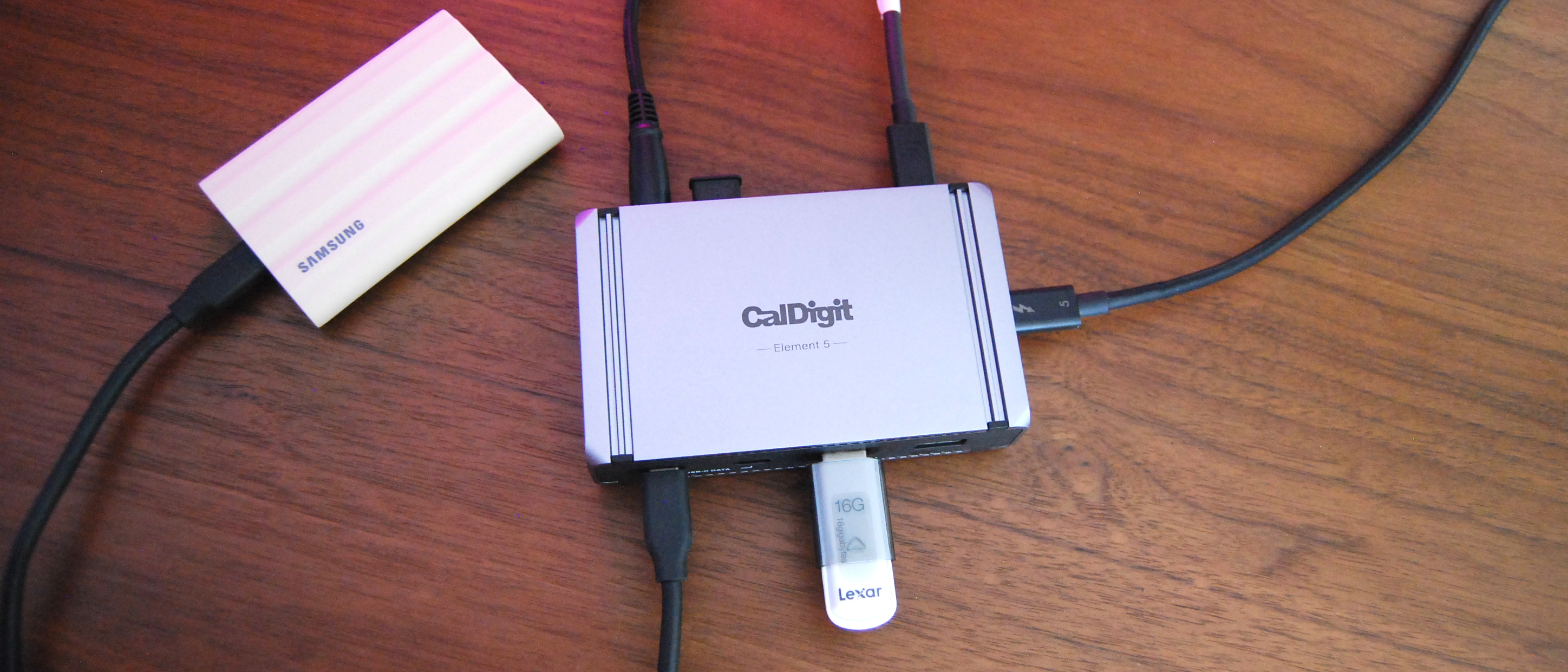Here's a new 3D model of the Xbox Series X, now with all of its back ports
Thanks to new information, we now have a good idea of what the Xbox Series X will look like in full 360 degrees.

Last year, Microsoft unveiled the Xbox Series X, its monstrous next-gen console which is said to sport up to 8K visuals, complete with hardware-accelerated ray tracing, and massively boosted loading speeds. We expect the console to hit 12TF of graphical computational power, likely making it the most powerful games console ever seen.
At CES 2020, AMD gave us a glimpse of what it claimed to be the reverse of the console, revealing the Xbox Series X's ports. However, Microsoft quickly put out a statement saying that AMD's render was in fact just that, a render, purchased from a third-party 3D modeling site.
Since then, Brad Sams over at Thurrott.com has provided information on the real ports, and today, we can confirm at our end that Sams's information is accurate. We've now been able to confirm the reverse ports at our end as well, which look identical to the renders Sams put out over here.
To offer a better look at how it might appear in practice, we've updated our Xbox Series X 3D models to offer a more comprehensive look.
If the embed below isn't visible, you may need to disable ad-blockers to get them to show up. They may also take a little time to load on slower connections.
The ports listed appear on prototype Xbox Series X units, and may be subject to change before production rolls out in 2020. I'd heard some rumors that the HDMI-in port was omitted, but hadn't been able to confirm it until now. That said, there's a chance we may still get HDMI-in on the final unit, but I wouldn't bank on it.
On the back, we get two more USB-A ports joining the one on the front, as well as SPDIF optical for audio devices, HDMI-out for your TV, and ethernet for internet. We also get a figure-8 power socket, and a look at the rear intake vents. There's also a slot on the device, which we're told is around an inch deep or less. This is likely used for debugging as Sams speculated in his own post, and won't make it to production units.
Get the Windows Central Newsletter
All the latest news, reviews, and guides for Windows and Xbox diehards.
It's a bit of a shame that we're losing the HDMI-in port and, apparently, the IR Blaster, indicating that all of the TV integration features of the Xbox One 2013 era have finally been omitted. Chances are very few people actually use the HDMI-in, as more of us gravitate to app-based streaming services over live TV options. HDMI-CEC control may help alleviate the pain point of losing the IR Blaster, but we'll have to wait and see.
If you'd like to see how the Xbox Series X stacks up against the Xbox One X and the PS4 Pro, head over to here. Otherwise, let us know what you think of the port spread in the comments below.
- Related: Xbox Series X vs. PS4 Pro vs. Xbox One X 3D size comparison
- Related: Xbox Series X 3D model on MyMiniFactory
Xbox Series X/S
Main
- Xbox Series X: Everything we know
- Best games coming to Xbox Series X/S
- List of Xbox Series X specs
- What is the Xbox Series X release date?
- How much does Xbox Series X cost?
- Why you can't preorder Xbox Series X yet
- Best Xbox Series X Headsets

Jez Corden is the Executive Editor at Windows Central, focusing primarily on all things Xbox and gaming. Jez is known for breaking exclusive news and analysis as relates to the Microsoft ecosystem while being powered by tea. Follow on Twitter (X) and Threads, and listen to his XB2 Podcast, all about, you guessed it, Xbox!
